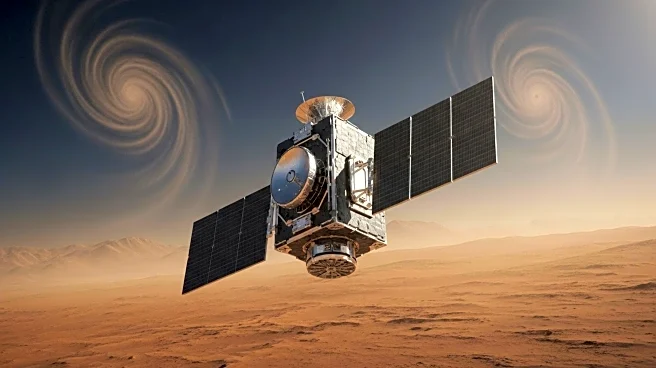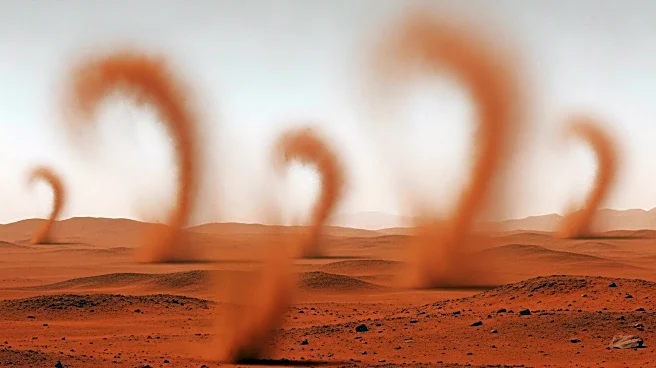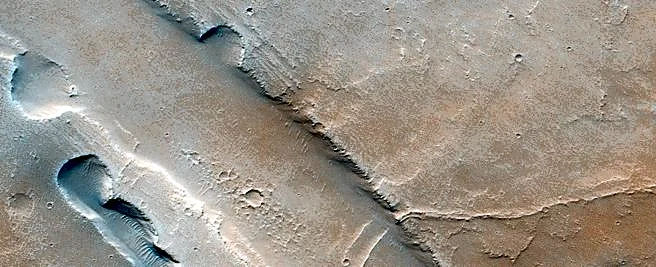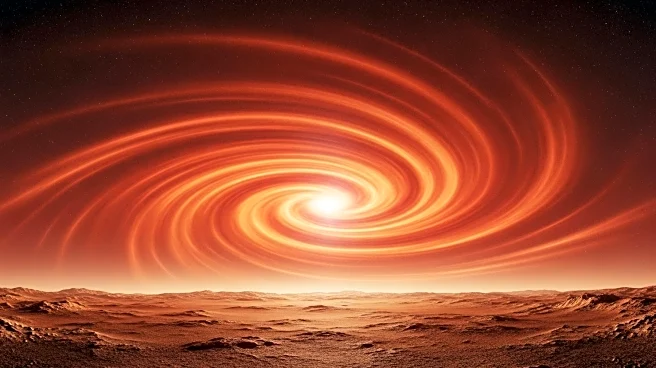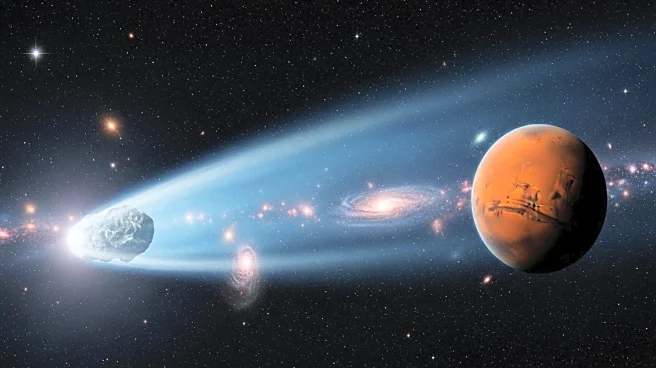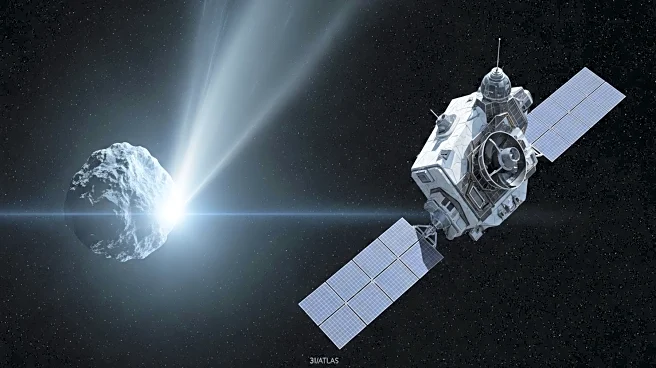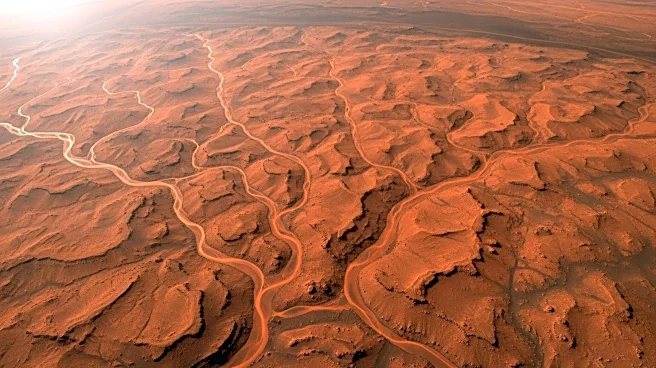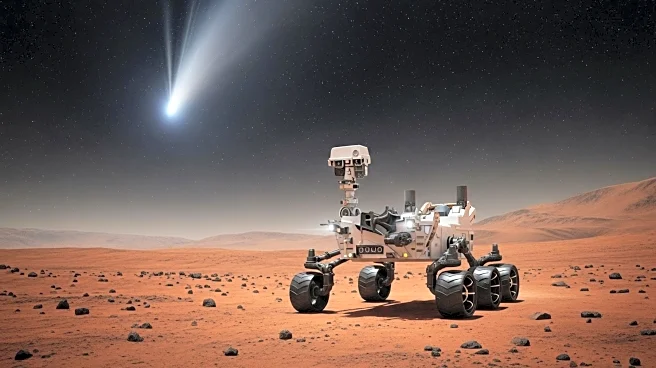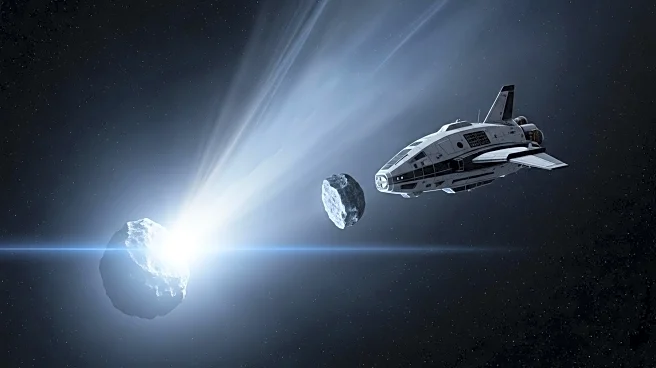What's Happening?
Researchers have cataloged over a thousand Martian dust devils, providing a comprehensive map of the Red Planet's surface winds. Using data from European spacecraft, scientists have identified wind speeds up to 98 mph, reshaping our understanding of Mars' climate. The study, published in Science Advances, offers critical insights for planning future missions, including the 2030 landing of the ExoMars Rosalind Franklin rover. The data will help predict dust accumulation on solar panels and improve landing site selection by understanding wind conditions.
Why It's Important?
The detailed mapping of Martian dust devils is crucial for advancing Mars exploration. It provides essential data for developing accurate climate models and forecasting weather conditions, which are vital for the success of robotic and human missions. Understanding the dust cycle on Mars can influence mission planning, ensuring equipment longevity and operational efficiency. The study's findings contribute to a safer and more informed approach to exploring the Martian surface.
What's Next?
The dust devil catalog will continue to be updated, offering ongoing data for research and mission planning. The insights gained will be used to refine landing strategies and improve predictions of environmental conditions on Mars. The study's data is publicly accessible, allowing researchers worldwide to utilize it for further exploration and understanding of Mars' climate.
Beyond the Headlines
The research highlights the importance of dust in Martian atmospheric processes, affecting everything from temperature regulation to cloud formation. It underscores the need for innovative approaches to data analysis, turning digital noise into valuable scientific measurements.

